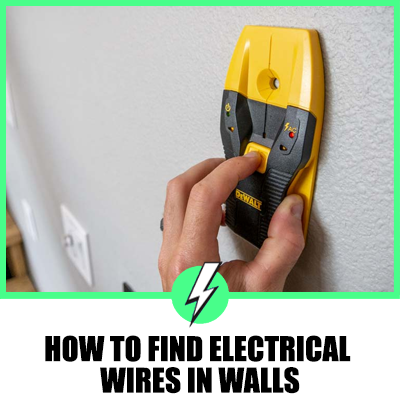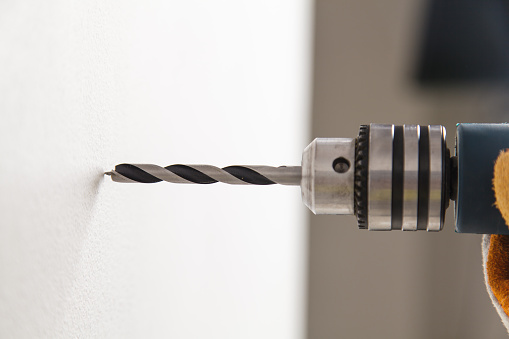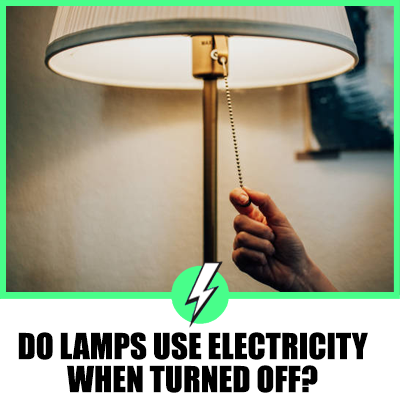How To Find Electrical Wires In Walls
Do electric cables run vertically or horizontally across walls when being installed? Are all electric cables capped with a galvanised steel cover behind plasterboard walls?
Electricity cables run horizontally and vertically in your home, so you need to check where they are before you start if you are drilling into walls. It’s not a requirement to use capping over cables. Some electricians do run cables in a plastic conduit for tidiness.

Contents
How do you find an electrical wire behind stud walling?
There is a way without damaging your walls, and that is to use a stud finder. They are simple to use, and while you search for the cable, you may want to make a map of where your cables are running for future reference.
A decent stud finder should have an AC wire locator function that picks up current flowing through wires at around 2 inches deep and shallower. Hold the tester a couple of inches away from a known live cable like the kettle lead if you are unsure if it works.
It’s worth pointing out that some of these devices will only detect a magnetic field around a live wire because wires without power do not create a magnetic field. So switch your lights on or plug something into the power socket.
Is there only one way you can find wires behind walls?
No, you can also refer to your local electrical code; in England and Wales, this is BS7671. The British standard lays out how an electrician needs to wire home to comply with the code’s strict standards.
For electrical purposes, your house is wired in zones, and these zones dictate where cables are to be placed and secured.
This is what BS7671 states:
- Cables need to run within 150mm of where the wall meets the ceiling
- Cables need to run within 150mm of where a wall meets another wall
- Horizontally inline with a switch, socket or other wall-mounted equipment
- Vertically in line with a switch, socket or other wall-mounted appliance
So, it’s simple to find your power cables with this knowledge. 150mmor about 6 inches from the ceiling or where a wall meets another wall and up or across from a socket or switch.
Is it safe to drill into the wall using BS7671 as a guide?

Electricians would like to tell you, yes, but not all electricians are made equal, and some do take shortcuts, especially if your home is not new and hasn’t been rewired.
However, if your home is a new building, you can be sure that the building regulations have been followed, and you can rely on the BS7671.
It’s always good practice to investigate first and use both methods of cable detection for your own security.
How deep are wires in walls in the UK?
The cables in your home should be set at 50mm deep or more, which is a little more than two inches.
However, if the electrician has come and gone and filled over where the eclectic wire is ready for finishing, you can never be 100% sure.
For new builds, you can guarantee that the regulations are followed so you can easily locate your wires.
Can cables be buried in plaster?
When older homes are rewired, the walls are chased out to accept the cables and then plastered over. However, there is no requirement to cap with steel.
However, it makes common sense that newly rewired homes have the cables dropping from the ceiling and not rising from the floor space.
What happens if you drill into a wire?
You may hear a bang and spark, the lights will go out, and the RCDBO will have tripped, and that’s all with luck.
It is surprisingly common to drill into a power cable or drive a nail through the cable as you put your mark on your home.
Unless you know the cable, steel capping, or conduit rarely helps because it feels like some stubborn brickwork or hard mortar.
You will need to call an electrician to fix the damage, don’t be tempted to use a connector block to join the cables. It could cause a fire.
How do you know if you’ve hit a wire?
If, for some reason, the RCDBO has not tripped, then you may not know immediately. If the hole is big enough, you may see some flickering or small burning which is quite distinct from an electrical fire.
If you suspect you have hit a cable and can smell a burning switch off the power supply from the mains on the consumer unit, it will be the large red switch on your right-hand side.
You can either call an emergency electrician or you may need to call the fire brigade.
How far behind the plasterboard are wires?
They should be a minimum of 50 mm. Due to its thickness it’s easier to miss wires when drilling or nailing plasterboard. You can feel when the drill bit has penetrated the board and the wires and much further back.
Assuming you haven’t kept pushing the drill bit through to the block wall.
How can you find a wire in the ceiling?
Your plasterboard is nailed to joists under the floorboards upstairs, the joists run in a certain direction, normally from the front to the back of the house, but it’s easy to confirm.
With the back of a screwdriver, tap lightly on the ceiling until the time changes to a more solid tone. Follow the tone along for a foot or so to determine you have located the direction of the ceiling joists.
The wires in your ceiling follow the same path as your joists and are drilled through support timbers or noggins.
To avoid the cables, stay clear of the joists and drill in the centre.





